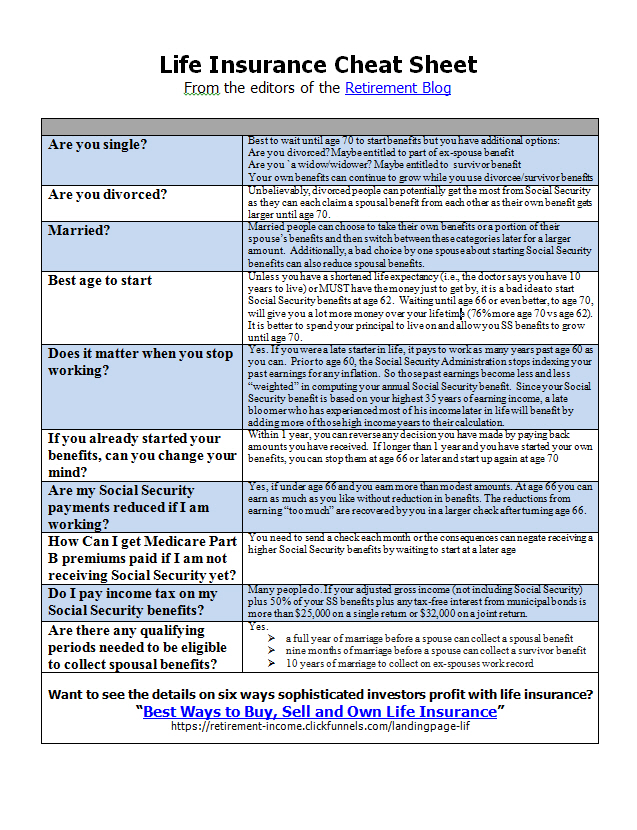There's a good chance that you pay life insurance premiums each year. And most likely you are paying those premiums with after-tax dollars. But wouldn't you rather use before-tax money? Then you could possibly reduce your net premium costs or get more coverage for the same amount that you are paying now. If you have an IRA, that's exactly what you might be able to do.
You cannot own life insurance in your IRA. However, qualified retirement plans, such as 401(K), profit sharing, stock bonus, Keogh, SIMPLE, and pension plans can, even if you're the plan sponsor. For example, suppose you are retired but operate a part-time business. As long as the business is valid and produces an income, you can set up a retirement plan for yourself. Then you can roll your IRA to the new plan without paying income tax and buy the life insurance with the plan's dollars. When you die, a portion of the cash value in the policy will be taxable to your beneficiaries (a small part of the payout), but the balance will pass income tax-free.
In effect, you not only leverage your IRA or other retirement plan money to make it worth more for beneficiaries, you convert part of the proceeds to tax free income.
Existing life insurance policies could be transferred into your qualified plan as well. If your policy has cash value though, the new plan will have to pay you the lesser of the cash-surrender value or the amount of assets in the plan. On the other hand, a term policy has no cash value so you could transfer it without payment.
Life insurance inside a retirement plan can provide tax advantages as well as non-tax advantages. However, before you implement this technique, have a strategy for removing the policy from the plan after you retire. And understand the government's policies. One new law affects policy valuations upon transfer to a plan participant. The other ruling concerns the amount of the death benefit. Therefore, you should consult with your advisors so you are sure that you do it right.
You will have to report and pay tax on a portion of the premiums that your plan pays. This is based on the actual cost of the term insurance within a universal life policy. Your accountant can get you these figures. In addition, you will need a very experienced financial advisor or estate plan to rollover assets from your IRA, and select the most cost-effective life insurance based on your needs. The above technique is advanced financial planning and most typical financial advisors that handle investments will not be familiar.

Leave a Reply